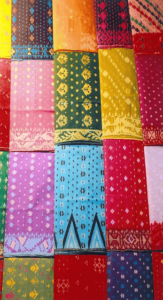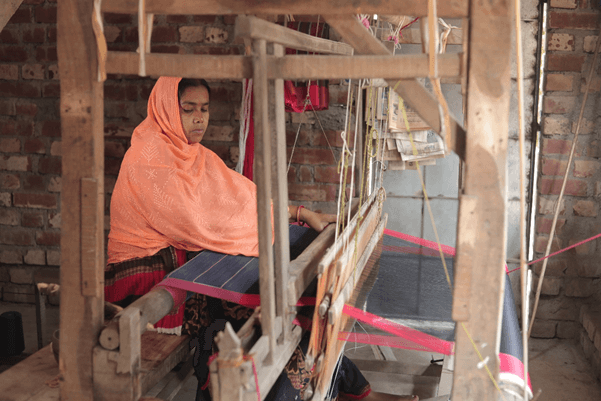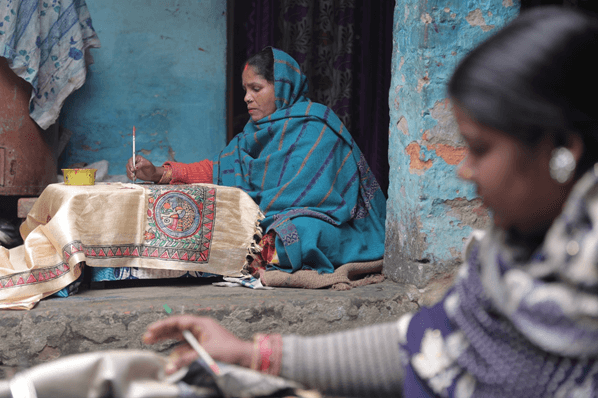In the heart of Bengal, where the Ganges River gracefully meanders, lies a tradition of exquisite craftsmanship that has captivated the world for centuries – the art of Tant Jamdani. This intricate weaving technique, passed down through generations of master weavers, transforms the humble cotton thread into a symphony of vibrant colors and intricate motifs, creating sarees, scarves, and other textiles that are as precious as they are beautiful.
A Legacy of Weavers and Royal Patronage
The origins of Tant Jamdani can be traced back to the 16th century, when the Mughal emperors, renowned for their refined taste and patronage of the arts, discovered the exquisite textiles of Bengal. The city of Dhaka, now the capital of Bangladesh, emerged as a hub of Tant Jamdani production, with weavers honing their skills to create fabrics that were both delicate and durable, fit for royalty.
A Fusion of Technique and Artistry
The essence of Tant Jamdani lies in its unique weaving technique, known as the ‘extra weft’ or ‘jhal’ method. This intricate process involves weaving supplementary weft threads into the warp threads, creating a raised pattern that floats on the surface of the fabric. The result is a breathtaking interplay of light and shadow, with motifs that appear to dance and shimmer as the fabric moves.
A Symphony of Colors and Motifs
Tant Jamdani sarees are renowned for their vibrant colors, traditionally derived from natural dyes extracted from plants and minerals. The palette ranges from deep indigos
and rich reds to earthy browns and delicate yellows, creating a harmonious blend that complements the intricate designs. The motifs themselves are a reflection of Bengali culture, drawing inspiration from nature, flowers, geometric shapes, and celestial patterns.
A Symbol of Heritage and Cultural Identity
Beyond its aesthetic appeal, Tant Jamdani holds profound cultural significance. It is a symbol of Bengali heritage, a testament to the enduring skill and artistry of weavers, and a source of pride for the people of Bengal. In 2016, UNESCO inscribed the art of Jamdani weaving as an Intangible Cultural Heritage of Humanity, recognizing its unique value and importance.
Preserving a Legacy for Future Generations
Today, the art of Tant Jamdani faces challenges due to factors such as globalization, competition from machine-made textiles, and a decline in the number of skilled weavers. However, there are concerted efforts to revive and preserve this precious heritage. Artisans are being trained to pass on their skills to future generations, and initiatives are underway to promote Tant Jamdani internationally.
A Gift of Exquisite Craftsmanship
Owning a Tant Jamdani piece is not merely acquiring a piece of cloth; it is inheriting a legacy of craftsmanship, artistry, and cultural heritage. Each saree, scarf, or garment is a unique work of art, meticulously woven with care and passion. These exquisite textiles are a testament to the enduring spirit of Bengal, a region that continues to inspire and captivate the world with its rich cultural tapestry.










